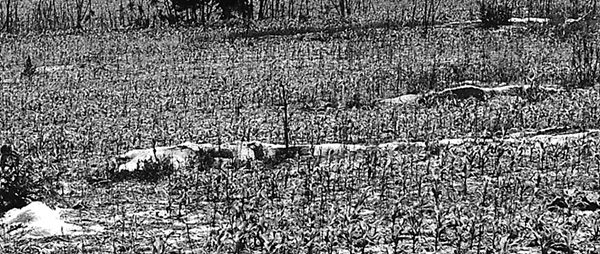No-Till Farmer
Get full access NOW to the most comprehensive, powerful and easy-to-use online resource for no-tillage practices. Just one good idea will pay for your subscription hundreds of times over.

When thousands of troops walked around the huge rocks and out of the corn fields on the morning of Sept. 17, 1862, in the bloody Battle of Antietam, little did they know that 19,510 soldiers would be wounded and 3,600 killed on this single, gruesome day.
Some 139 years later, the rocks are still there in the fields at the Antietam National Battlefield near Sharpsburg, Md. And today, corn is no-tilled over the huge rocks found on much of the battleground.

Many of the battlegrounds at the Antietam National Battlefield are no-tilled by Dale and Terry Price of Sharpsburg, Md. They grow 1,400 acres of corn and soybeans and also custom plant 1,500 to 2,000 acres.
“We’re probably 80 percent no-till, mainly because of the rocks in the fields we farm,” says Dale. “All of our corn is no-till, 70 percent of the soybeans are no-tilled and 70 percent of the wheat is no-tilled.”
To overcome rocky conditions, the Prices no-till corn in 30-inch rows with a 6-row John Deere 7200 planter. Soybeans and wheat are no-tilled with a 24-row John Deere 1560 drill.
“We no-till over the rocks very slowly,” says Price. “Our planting speed is in the neighborhood of 4 1/2 to 5 mph, but drops as low as 2 mph when we’re no-tilling over the huge rocks on the battlefields.”
The Prices don’t mount no-till coulters near the row units because of the rocks. Instead, the coulters are attached to the planter frame, well in…